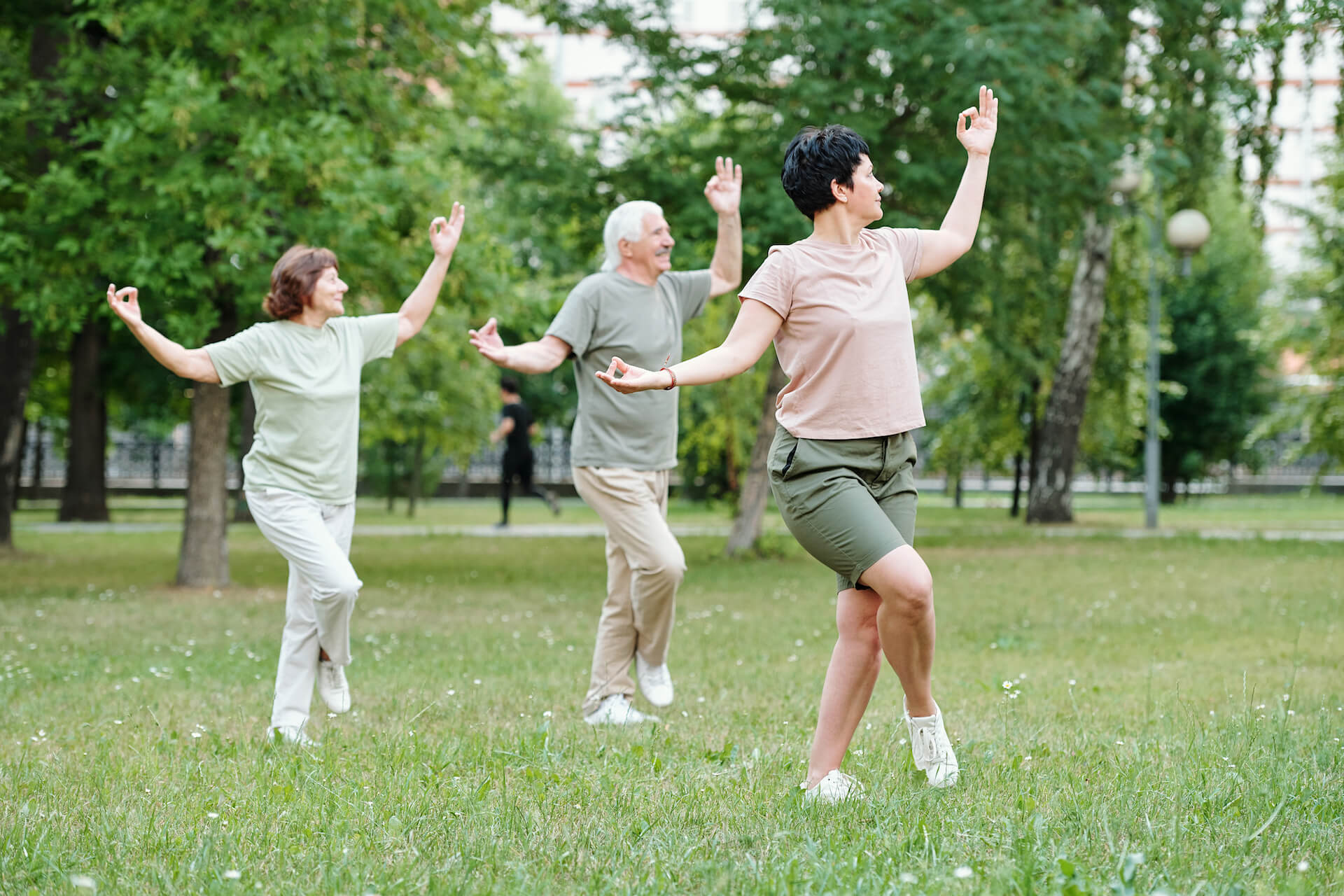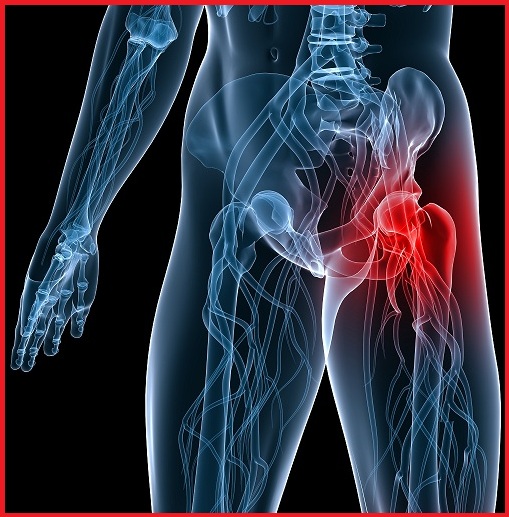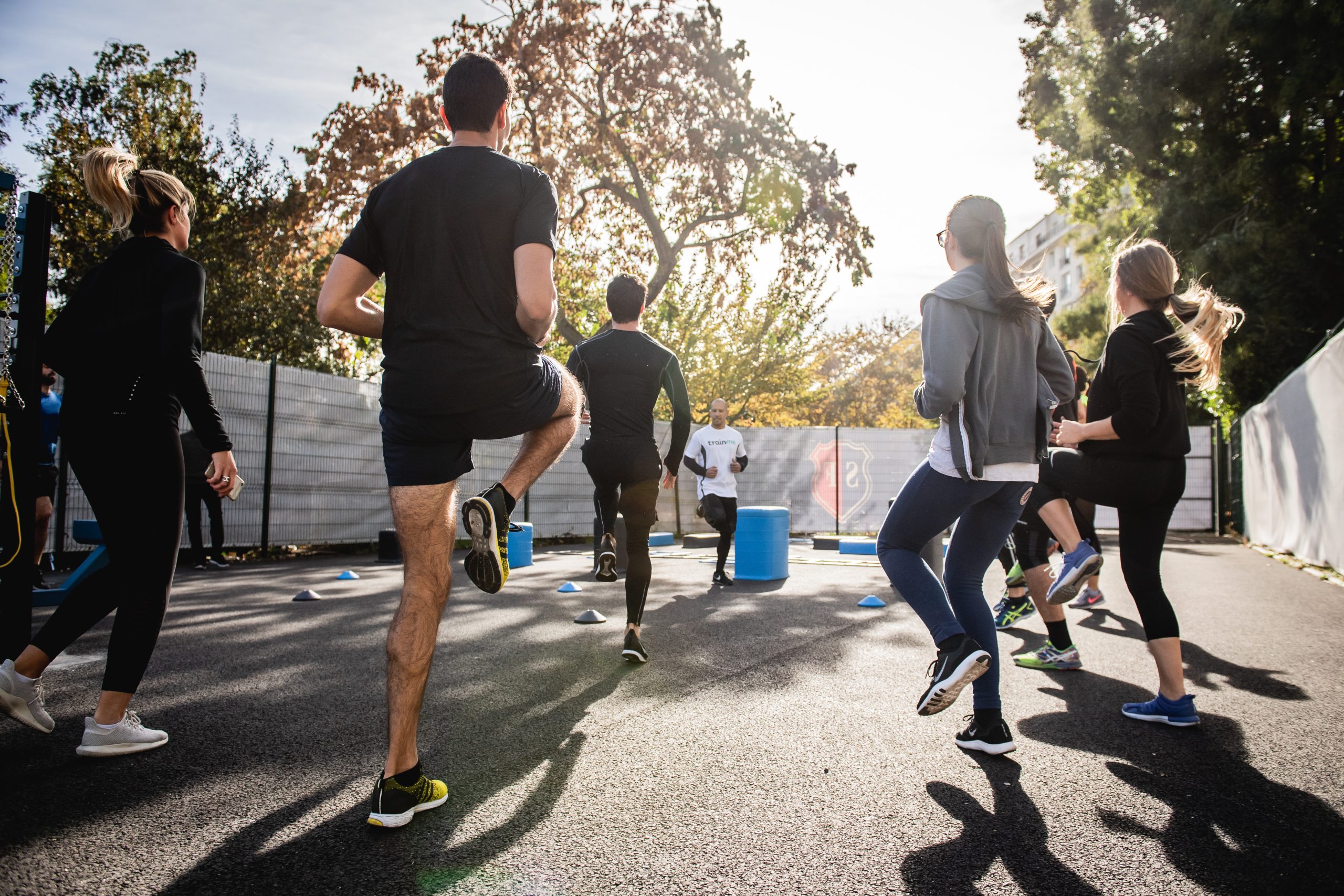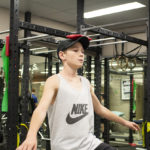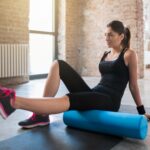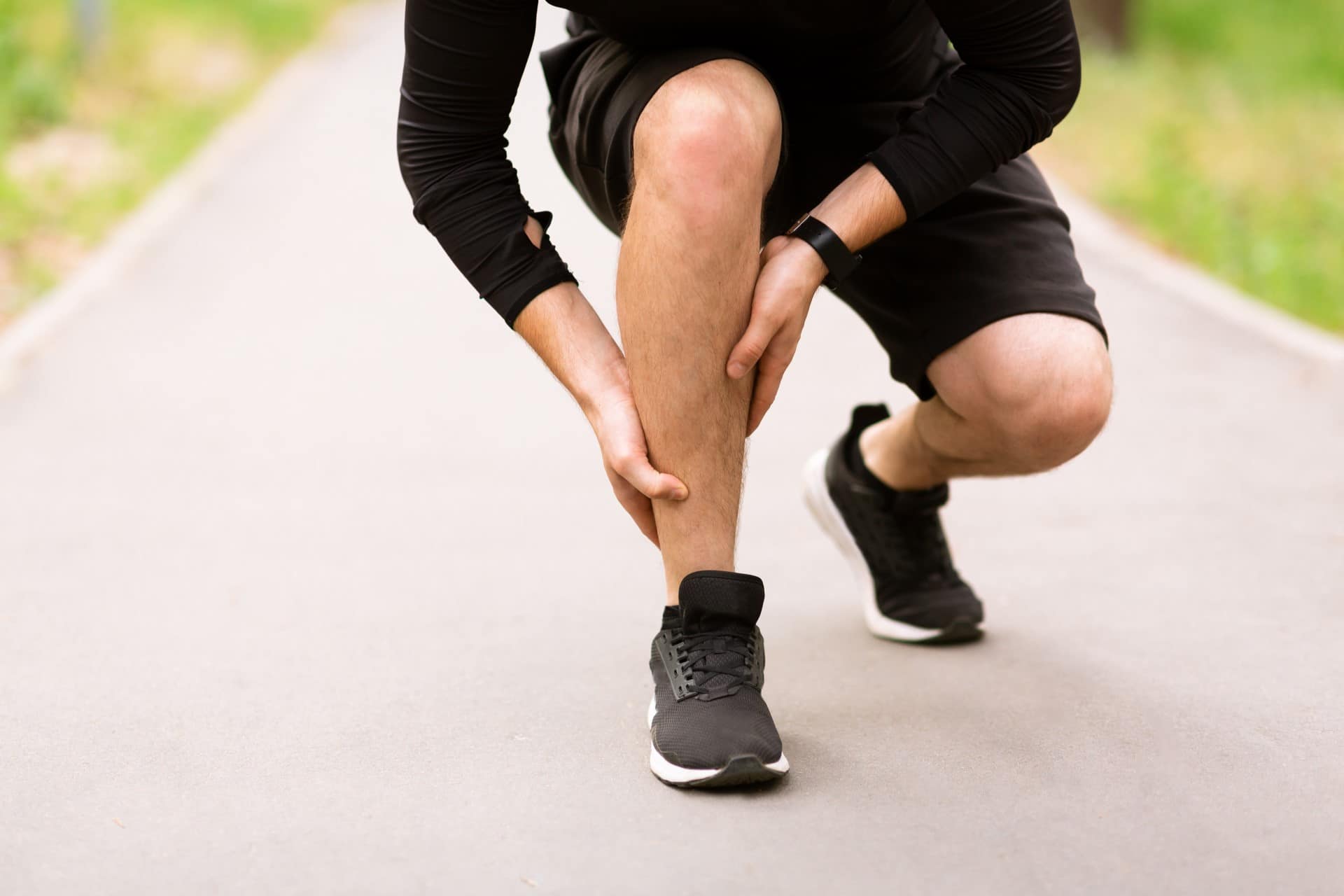
Differentiating between injury and soreness
PAIN: THE HOW AND WHY
Pain is an inherent system built into our bodies designed to keep us surviving. A biological mechanism designed to help direct us away from a threat. Everyone is different and experiences pain differently. There’s nothing macho about not feeling pain. Pain is our protection mechanism against injury or worse. Pain can be both physical and emotional and most of the time we will do anything to avoid it. *Que applause by your body thanking you*. We can thank our brains for helping identify a source of pain and doing its best to prevent us from making it any worse. If we respect this wish then the brain will decrease the pain experience or if we don’t, make it hurt more.
In recent research about pain, it’s not as simple as a bunch of output messages from the brain. In a nut shell, this is how pain can be interpreted: injury > inflammation > pain receptors go into overdrive > signals sent to the spinal cord plus further inflammation > signals sent to the brain > then a decision is made to compare it a previous experience and/or pain it-self. But what if it isn’t an injury you’re dealing with? What if it’s just muscle soreness?
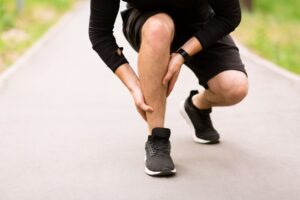
INJURY
A quick fact on injury. Acute soft tissue injury can cause an immediate inflammation response. Clinically (what you might experience personally) may include pain, redness, swelling, and loss of function. If not addressed properly can lead to secondary damages to other nearby tissues.
MUSCLE SORENESS
Exercised induced muscle soreness can be mild or debilitating for some. EIMS is a common complaint experienced amongst those who exercise. However, there is another type of muscle soreness that can catch you out of left field when you least expect it and can occur anywhere between 24 and 48 hours. The term we have come to know and love – DOMS…Delayed Onset Muscle Soreness. A common term thrown around almost any gym or fitness environment alike. Mostly experien
ced where there has been a large emphasis on eccentric movements (the lowering phase) e.g.: the down-phase of a squat or the lowering of a dumbbell after doing a bicep curl.
Though the evidence behind why an individual may experience EIMS or DOMS is unclear there is a general consensus that it is caused by microtrauma to the muscle cells and connective tissue. This microtrauma is then followed by our inflammatory response which makes our nerve endings more sensitive.
DIFFERENTIAL DIAGNOSES – WHAT IS IT AND HOW DOES IT WORKS?
Differential diagnoses is a systematic process used to identify a proper diagnoses of the issue at hand. E.g. Do I have sensitive quadricep muscles after squatting (DOMS) or have I developed a patella tendinopathy? Differentiating between an injury and muscle soreness is more technical than you may think. It involves an evaluation of a patients history, physical assessment, review of any laboratory or diagnostic imaging (if any available). Then all of that pulled together may identify an appropriate title for the finding. So why is it so important to be able to distinguish between muscle soreness and something more sinister. Simply put: 1) can lead to a worse outcome for a patient, 2) delayed treatment, and 3) unnecessary healthcare costs.
SUMMARY
If you experience pain, swelling, redness, or loss of function, a bag of ice may not be enough. Therefore, we would recommend you book in to see one of our Physiotherapists for diagnoses and treatment strategies. However, if you don’t have the above symptoms except sensitive muscles (yes we understand this may prevent you from walking normally after squatting) then it may be a case of muscle soreness.
We hope this article has provided you with a bit more information in respect to understanding the difference between injury and muscle soreness. If you do find yourself in a position to need that extra support through your aches and pains, then we are always here to help, just give us a call on 3352 5116 to make a booking or you can book online.

